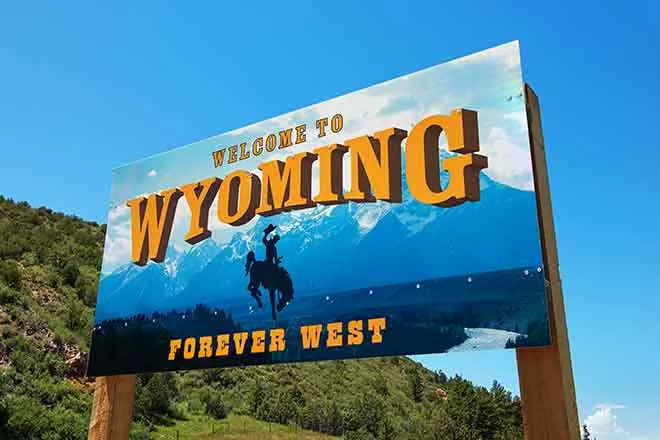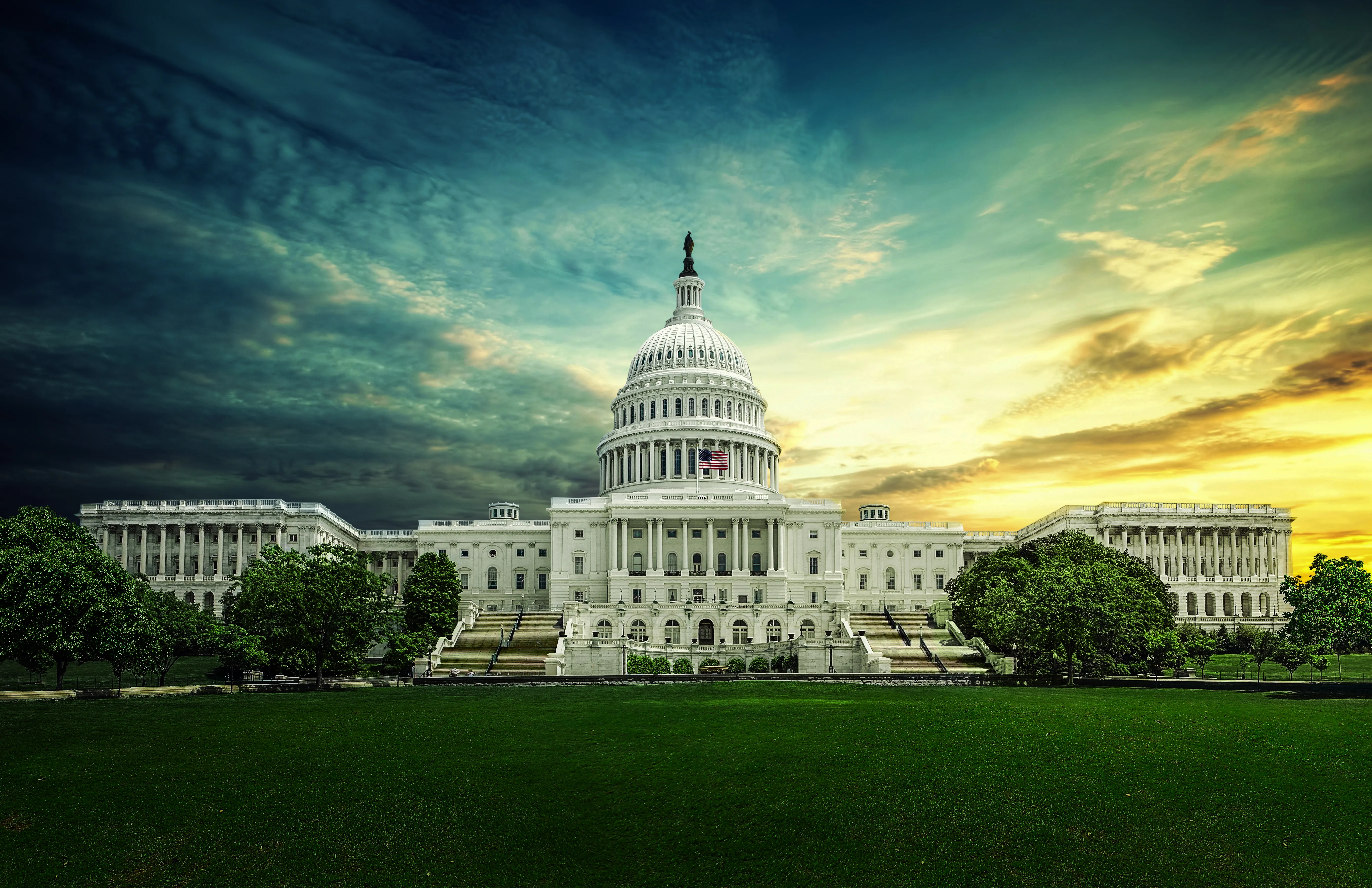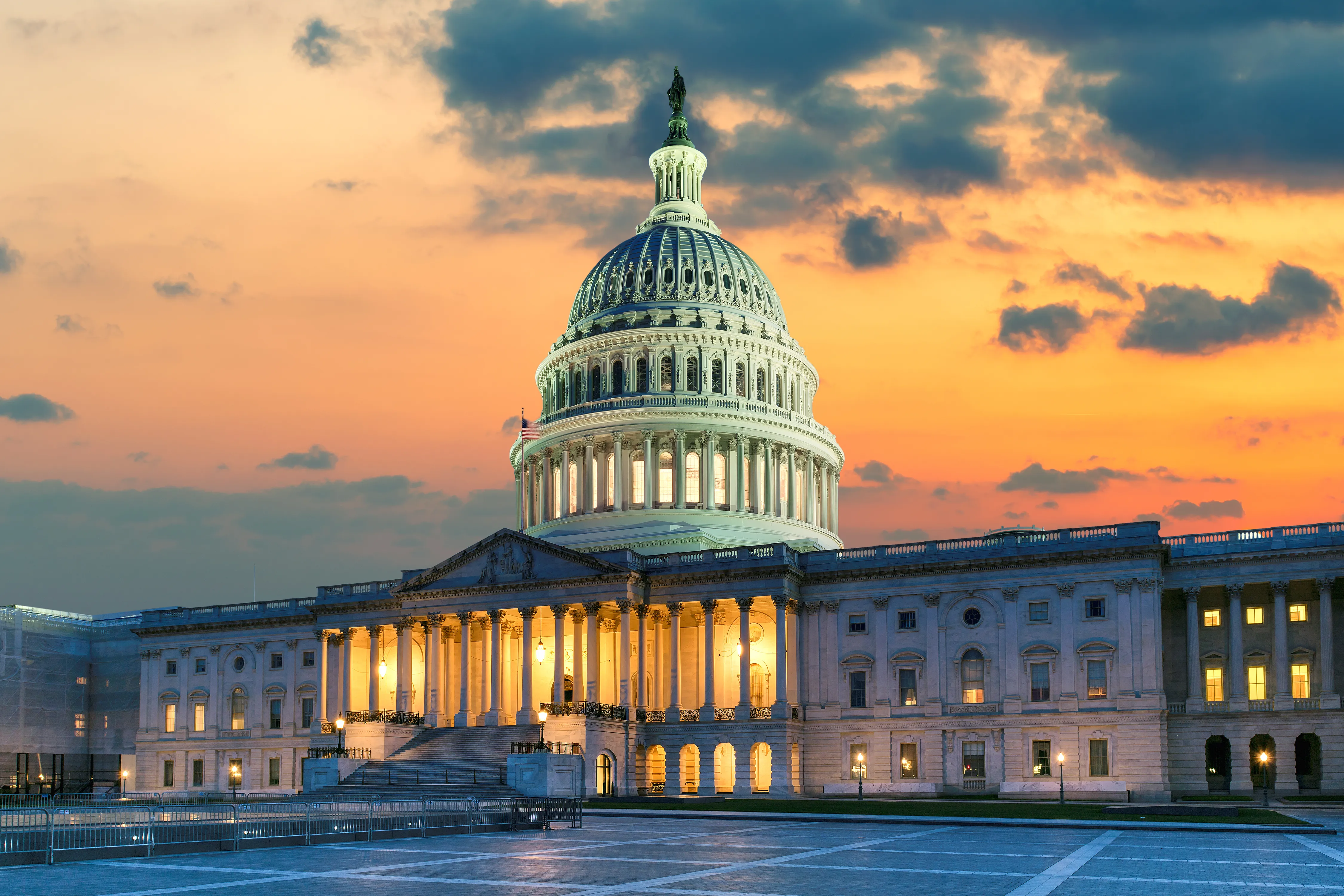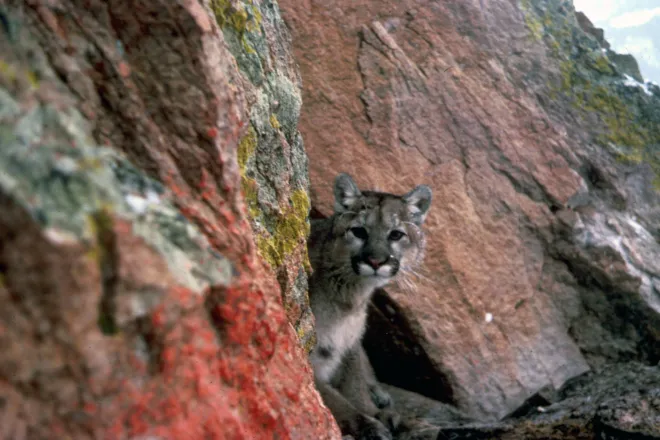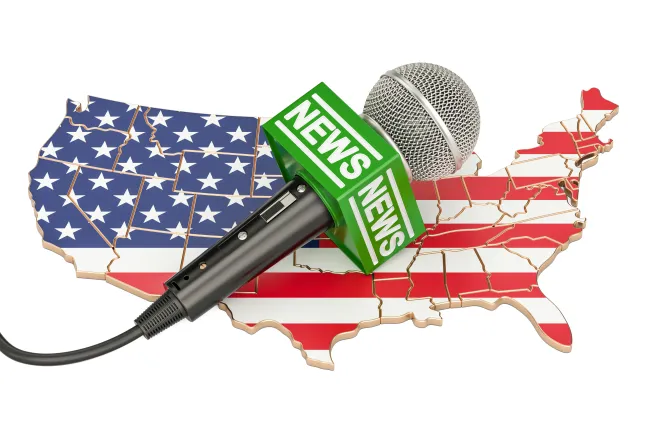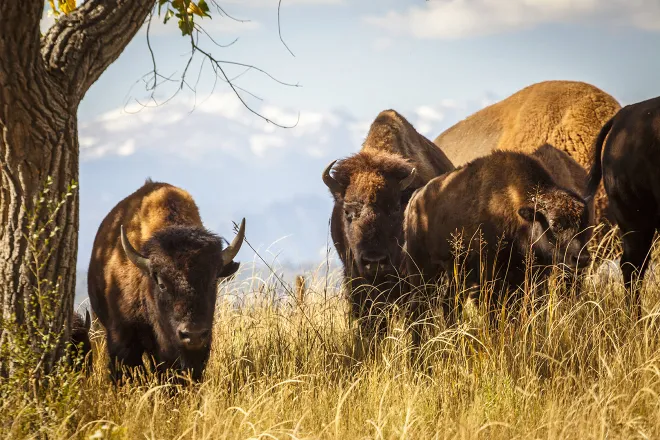
US Senate Dems from Western states blast Trump budget for cutting federal aid
© JJ Gouin - iStock-1642293566
Members of the U.S. Senate Energy and Natural Resources Committee differed along party lines at a Thursday hearing about how the U.S. Forest Service should partner with states and how the federal wildfire response should be organized.
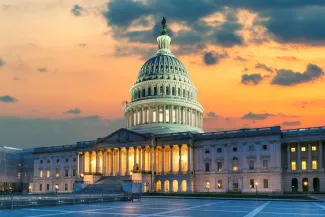
Senators of both parties emphasized the importance of working with state forest managers. But while Republicans praised the efforts of Forest Service Chief Tom Schultz, a former state forest administrator in Idaho and Montana, to reach out to state governments, Democrats noted that President Donald Trump’s budget request for fiscal 2026 proposed eliminating a key program for state and tribal partnerships.
Democrats on the panel also raised a series of questions about the still-unfinished Forest Service budget request as the next fiscal year approaches in less than three months.
Schultz told the senators the budget proposal was not yet final, but confirmed the agency was telling states to prepare for zero dollars in discretionary spending for the State, Private, and Tribal Forestry program in fiscal 2026.
The program received more than $300 million in discretionary funding in fiscal 2024, plus another roughly $300 million in supplemental funding.
The Trump budget request does include $300 million for supplemental funds to the program that can be used for disaster relief.
Impact of ‘big, beautiful’ law
Ranking Democrat Martin Heinrich of New Mexico noted states are facing tighter budgets after passage of Republicans’ “big, beautiful” budget reconciliation law that includes a host of policy tweaks meant to reduce federal safety net spending while extending tax cuts for high earners.

© tussik13 - iStock-908521486
Under the law, states will be required to pay billions more per year to cover a greater share of major federal-state partnership programs for food assistance and health coverage.
“States need that funding,” Heinrich said of the forestry program. “That is an example of a successful partnership. If we don’t have that funding, that’s not shared responsibility, that’s abdicating our federal responsibility… at a time when (state) budgets are being decimated by Medicaid cuts thanks to the big, whatever bill.”
Schultz said the state foresters had relayed similar concerns, which the administration was considering as it finalized the budget request.
Chairman Mike Lee of Utah said the Forest Service under Schultz had given states greater flexibility to set their own forest management policies.
“I want to thank you, Chief, for giving the states more and more authority, more involvement and more of an ability to set a course for the proper management of these lands,” he said. “I know that Utah is really looking forward to working with you to expand these partnerships and I know my state is not alone in that.”
Funding versus dialogue
Democratic Sen. Alex Padilla of California also blasted the administration for cutting the state forestry spending.
“Every state that I’m aware of is having a tougher budget picture to face,” he told Schultz. “The threat of fires is real. The threat of fires is growing. How does it make sense for the federal government to zero out these programs?”

Schultz answered that the agency would continue “partnering with the states in dialogue and discussion.”
“But you’re zeroing out their resources,” Padilla said.
“That’s correct,” Schultz said. “It’s sharing that responsibility and pushing it to the states.”
Colorado Sen. John Hickenlooper, a former governor and Denver mayor, said the Trump budget request more broadly called for shifting more funding responsibilities to state and local governments.
“I see again and again, throughout all the budgets we’re seeing, is more costs shifted from the federal government to states and local areas that are going through their own budget struggles right now,” he said.
Montana Republican Steve Daines defended the idea of greater state responsibility, saying he had found the Gem State’s approach to land management more effective than the federal government’s.
“If you take a look at the landscapes across Montana and look at federal lands versus state lands, I can tell you the state’s doing a much, much better job in terms of stewardship of public lands than the federal government,” Daines said.
New firefighting service
Schultz said several times the administration had not yet finalized a plan to shift federal firefighting authorities to the Interior Department. The responsibility is currently split between the Forest Service, which is under the Department of Agriculture, and various Interior agencies, primarily the Bureau of Land Management.
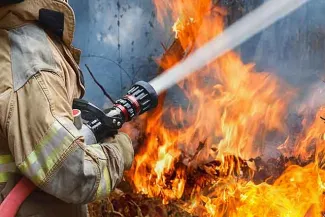
© iStock - toa55
Heinrich, Ron Wyden of Oregon and Catherine Cortez Masto of Nevada, raised concerns about the lack of a plan.
Heinrich said he was open-minded about the reorganization effort but was concerned that Congress had not yet seen a blueprint.
“I think there are many of us who are more concerned about the adequacy of that plan and would like to see that plan before we start making budgetary decisions about whether it’s a good idea or not,” he said. “I am very open to different ways of organizing how we fight fires on our national forests and our public lands. But I want to see the plan.”
Wyden raised opposition to the idea more broadly, saying the Forest Service should remain involved in firefighting.
“Nobody in my home state… has told me, in effect, ‘Ron we gotta have the Forest Service less involved in fighting fires,’” Wyden said. “But that is the net effect of your organizational plan.”
Schultz said the proposed reorganization would not cut any federal firefighting resources, but move the federal agency responsible for overseeing the issue. The administration would not put the reorganization in place this fire season, he added.



